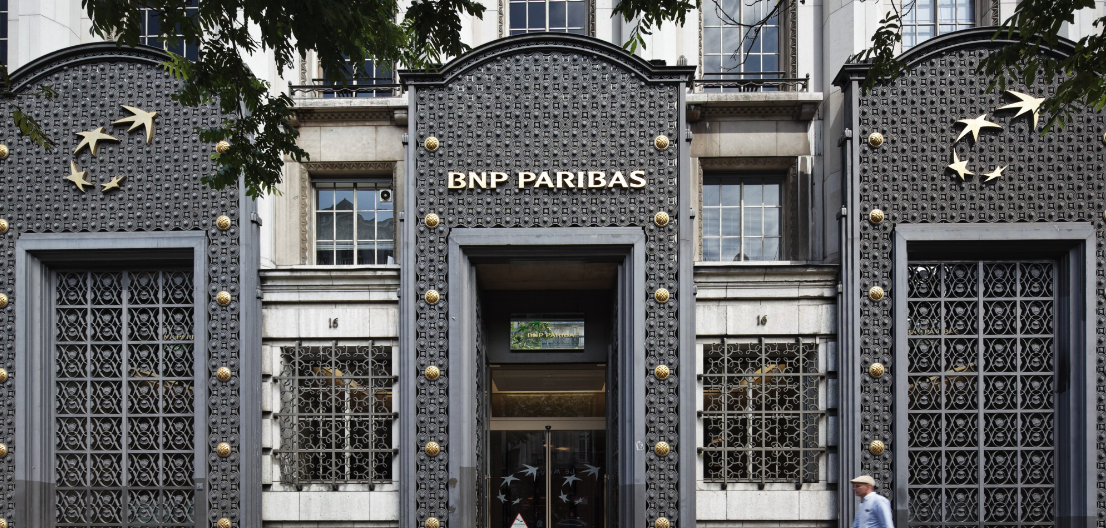We arrive at the final weeks of 2024 with the S&P 500 closing November with its largest gain of the year, markets immersed in a new interest rate cycle, central banks reaching their inflation targets, and strong expectations of sustainable growth—although slowed in some regions—for the major economies. Against this backdrop, the most prominent private banks in the industry share the vision and investment themes they will prioritize for 2025.
Investment ideas are closely aligned with their macro perspectives. For example, the central theme guiding UBP’s experts for 2025 is “fragmented resilience.” This refers to the fact that beneath the solid growth data anticipated for next year—an estimated 3.2% global GDP growth—there will be significant regional divergences. They estimate a 1.7% growth rate for developed countries and 4% for emerging markets, with stark differences among nations, particularly in Europe.
Focusing on individual countries, UBP anticipates that India will exhibit one of the strongest growth rates, at 6.5%, while China is projected to grow by 4.7% (assuming its government implements the announced stimulus measures). The United States is expected to grow between 2% and 2.5%. On the other hand, Japan is forecasted at 0.8%, and the eurozone at 1%. Within the eurozone, the Mediterranean countries (Spain, Italy, Greece, Portugal) are expected to drive growth, in contrast to the weaker performances of France and Germany.
In the U.S., Patrice Gautry, Chief Economist at UBP, highlights that the major challenge for Donald Trump will be implementing measures to accelerate growth without triggering a new wave of inflation. According to Gautry, if Trump reduces corporate taxes, implements further tax cuts, and reinstates certain measures from his first term, he could boost growth beyond its potential rate of 2%, possibly reaching 3% within two years by stimulating consumption and employment.
Vision and Investment Ideas
When it comes to investment ideas, private banks propose a variety of strategies. Julien Lafargue, Chief Market Strategist at Barclays Private Bank, suggests that whether it’s extending the equity market rebound or pursuing carry and relative value strategies in fixed-income markets, most of the action in 2025 will likely occur in specific sectors or companies rather than at the index level.
“Investors must remain agile, broaden their investment universe, and adopt diversification.” Regarding artificial intelligence (AI), the coming months will be crucial to meeting expectations and assessing its impact on corporate results. “In a typical emerging technology cycle like this, the peak of inflated expectations is often followed by a trough of disillusionment. To avoid this, companies must show clear signs that AI is delivering on its promises. Those that fail will face the consequences,” says Lafargue.
Another perspective comes from Christian Gattiker, Head of Research at Julius Baer, and Mathieu Racheter, Head of Equity Strategy Research at Julius Baer. They argue that 2025 supports a constructive investment approach. “With U.S. growth and persistently high inflation, the economic environment should present opportunities, albeit with greater volatility. A diversified approach to fixed income favors corporate bonds over sovereign ones and some exposure to U.S. high-yield bonds.”
They add that as the dollar remains stable and cash yields decline, it is wise to deploy liquidity more actively. In equities, investors should continue betting on the U.S. market but rotate into cyclical sectors such as industrials and financials or explore the mid-cap space. “China offers a tactical opportunity, while long-term investors prefer India, which presents the best secular growth story. Assets like gold and bitcoin should continue to thrive and provide diversification benefits,” they emphasize.
BNP Paribas Wealth Management sees opportunities in shifting from cash to other assets, including bonds, to benefit from carry and from a steeper yield curve, for example, by investing in banking sector stocks. They also highlight four additional ideas: industrial sectors due to a recovery in industrial activity with lower rates; small and mid-cap companies to benefit from rate cuts and a soft-landing scenario; gold, which will benefit from falling central bank rates; and leveraged asset classes such as real estate, private equity, infrastructure/utilities, and clean energy.
Lombard Odier focuses on alternative assets, which are deemed essential for investor portfolios. They highlight three key bets: real estate as an income alternative in low-yield markets; hedge funds and private assets to expand the investment universe; and gold as a safe asset to add value to portfolios.
“In private assets, we see venture capital as a tool to expand the set of investment opportunities in portfolios. The most innovative companies have tended to remain private for longer in recent years, and investment returns are higher during this period. These opportunities also provide diversification to portfolios as the number of listed companies has decreased in many markets,” Lombard Odier explains regarding alternative assets.




